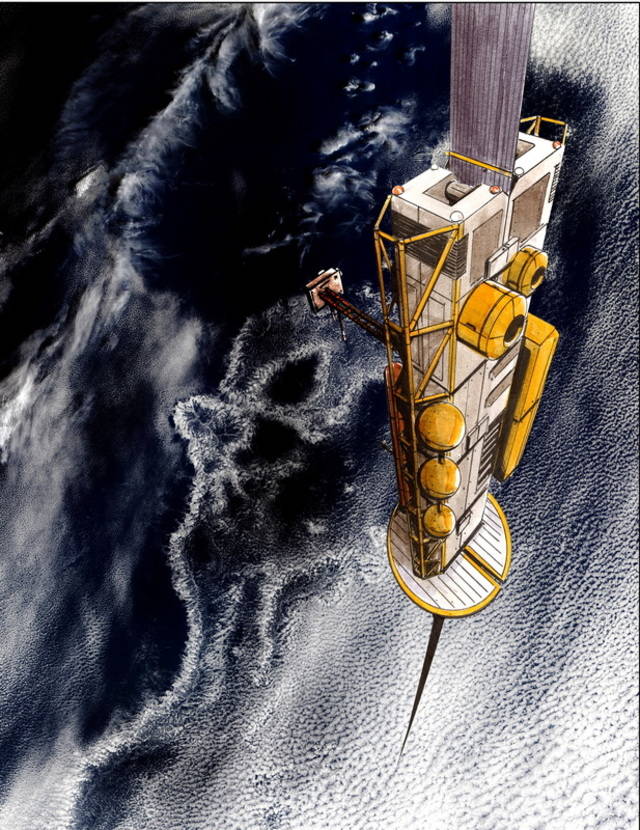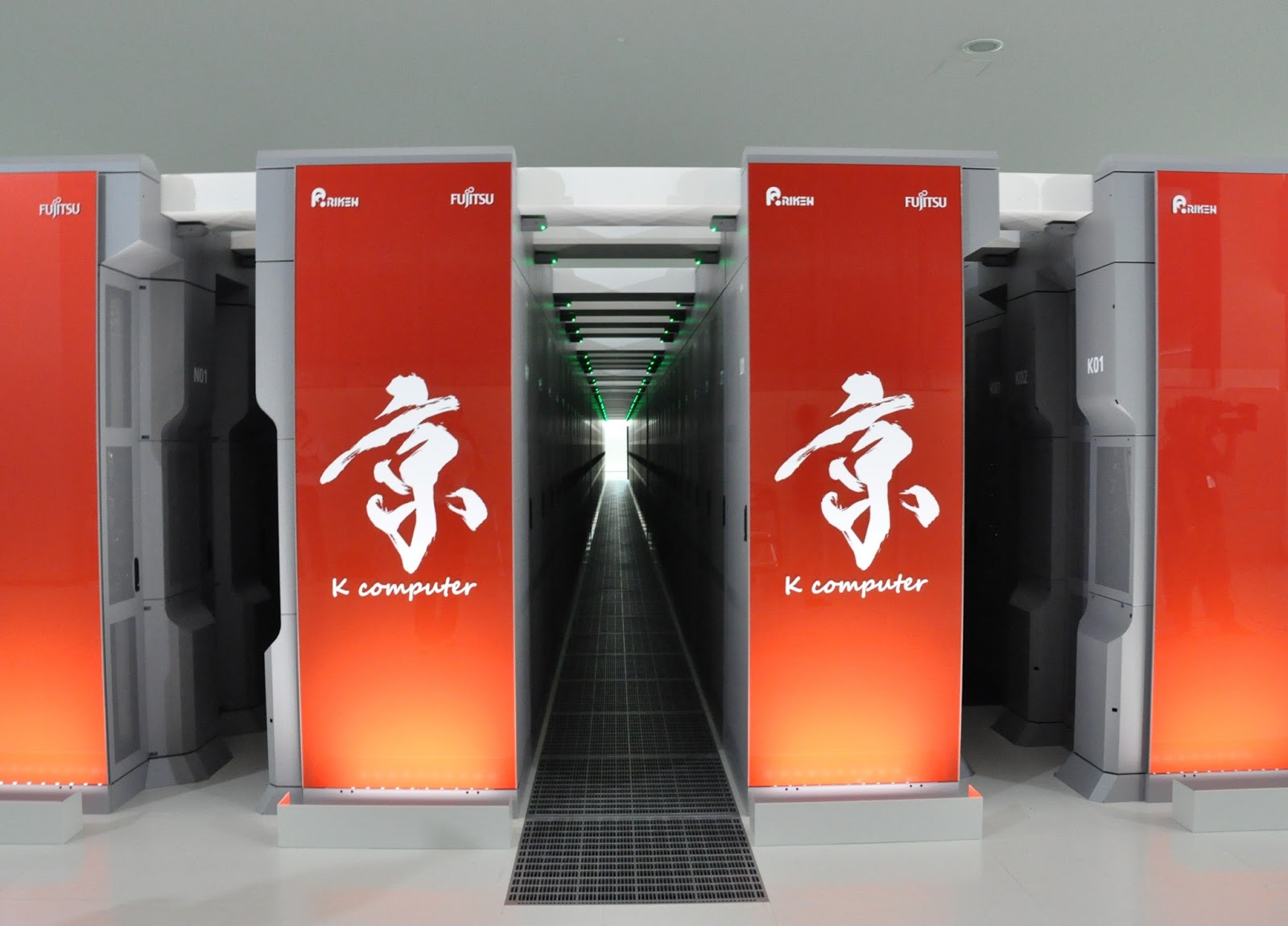Using a new type of fiber, researchers at Eindhoven University of Technology (TU/e) in the Netherlands and the University of Central Florida (CREOL) in the USA have achieved a data transmission speed 21 times higher than what’s available today in communication networks.
First things first, you won’t get to download on your smartphone or computer using the mind-boggling speed of 255 Terabits/s any time soon. However, this new record will have an impact on the overall speeds implemented in communication networks in the near future. The new type of fiber could represent the answer to the optical transmission crunch in the context of the ever increasing demand for bandwidth.

The breakthrough was achieved using multi-core fibers that can surpass the 100 Terabits/s limit that the current version has. Assistant professor Chigo Okonkwo and his team invented a seven-core fiber that does not have the limitations of the one-core variety. On top of that, a more energy-efficient signal processing algorithm enables each core to deliver three times as much data as it is currently possible. Combining the two approaches, the researchers were able to transmit 5.1 Gbps of data per wavelength. The record-breaking speed was achieved by transmitting on 50 different wavelengths at the same time.
“At less than 200 microns in diameter, this fiber does not take noticeably more space than conventional fibers already deployed. These remarkable results, supported by the European Union Framework 7, MODEGAP, definitely give the possibility to achieve Petabits/s transmission, which is the focus of the European Commission in the coming 7 year Horizon 2020 research programme. The result also shows the key importance of the research carried out in Europe, and in particular at TU/e with other well-known teams around the world in high-capacity optical transmission systems,” explained Dr. Chigo Okonkwo.
Considering that the transfer was made on a 1 km long cable, and that this speed is 6 times greater than the record establishes only a months ago, it’s pretty clear that advancements are continuously made in this industry. As consumers, we may not get to enjoy such speeds directly, but Internet service providers and mobile telephony operators will have the potential of implementing the new technology and will eventually pass the benefits forward to us. That’s definitely something worth looking forward to!
Be social! Follow Walyou on Facebook and Twitter, and read more related stories about the computer networks created by Beamcaster with laser rays, or Facebook’s plans to deliver Internet using satellites and drones.










